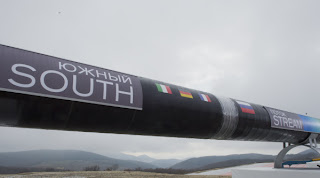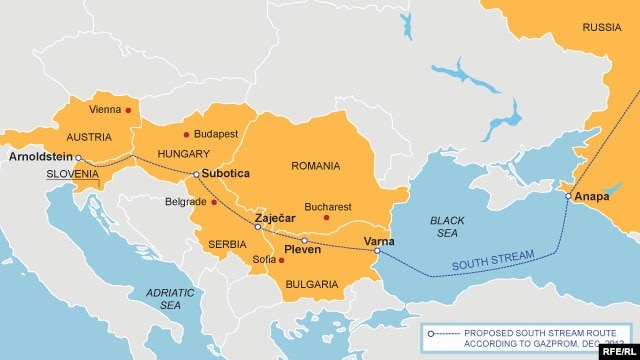
Klitschko. Più che un cognome, un marchio.
Vitali e Wladimir. 4 metri e un paio di quintali in due. Entrambi attualmente campioni del mondo dei pesi massimi. Una vita in giro per l’ex impero sovietico la loro, seguendo il padre aviatore dal Kirghizistan, dov’è nato Vitali, al Kazakistan, dov’è nato Wladimir, fino all’Ucraina, dove nell’86 il signor Klitschko guidò le operazioni di bonifica intorno alla centrale di Cernobyl.
Un romanzo perfetto. Politicamente molto spendibile. In più Vitali e Wladimir di acume tattico e strategico, sarà merito della boxe, ne hanno sempre avuto da vendere. Così un bel giorno, tra un incontro di pugilato, una partita a scacchi con il campione russo Kramnik e un dottorato di ricerca, nel più anziano dei due fratelloni (sottolineo, all’epoca 34 anni) sbocciò la passione per la politica. Era il 2005 e Vitali decise di candidarsi a sindaco di Kiev. Arrivò secondo, ma fu un’occasione per testare la buona fiducia di cui godeva.
Il suo programma, rimasto invariato sino ad oggi, era un miscuglio anche abbastanza contraddittorio di centrismo e populismo. Qualcosa di riassumibile in un classico “legge e ordine” ma con un’attenzione particolare ai diritti e alla pressione fiscale, da ridurre al più presto. Il tutto in un’ottica internazionale più interessata a Bruxelles e alla Nato che non a Mosca. Nel 2008, in occasione di una nuova campagna elettorale, il buon Vitali arrivò a scomodare addirittura Rudy Giuliani, il sindaco dell’11 settembre. Boxe, ring, legge, ordine, lotta al terrorismo e alla criminalità, sudore e canotte bianche: più che una piattaforma elettorale, una locandina di Die Hard.
Va da sé che con idee simili Vitali Klitschko abbia poco da spartire con l’attuale presidente ucraino Janukovic. E con una Yulia Timoshenko ancora in carcere per abuso d’ufficio, il “dottor Pugno di Ferro” (così è simpaticamente chiamato Klitschko) ha ben visto uno spazio di manovra per tentare di rottamare un sistema che, dopo soli due anni, per tanti ucraini puzza già di stantìo.
Per tanti, ma non per tutti. Le elezioni parlamentari, una vera e propria verifica di medio termine per Janukovic, hanno indicato una sostanziale tenuta del suo Partito delle Regioni, che si conferma la prima formazione del paese. Subito dietro il partito orfano della Timoshenko, alla quale la Corte Suprema aveva impedito di candidarsi. Quarto classificato il nostro Klitschko con il suo partito Udar (traducibile con “Colpo”, un po’ monotematico il ragazzo). Udar andrà così a ingrossare, insieme a nazionalisti, timoshenkisti e comunisti, le fila dell’opposizione.
Disastro totale dell’altro sportivo aspirante rottamatore Andriy Shevchenko. Sognava di imitare il suo vecchio allenatore Oleh Blokhin, eletto per due mandati consecutivi al parlamento di Kiev, e invece niet. Avanti Ucraina!, il partito che lo candidava, non ha superato la soglia di sbarramento. In più i forum ucraini hanno riservato al povero Andriy epiteti che vanno da “traditore” a “venduto”. Un successone. Come ci conferma la vicenda Klitschko, la politica da quelle parti è una cosa da duri. Riprendendo un tweet di Enrico Bertolino: non basta un pallone d’oro nel passato, servono due palle nel presente.
Calciatori prestati, o meglio regalati, alla politica. Sportivi con la rottamazione nel sangue. Già, perché quando sei abituato a muoverti all’interno di regole e a rispettarle vorresti che lo stesso accadesse per chi è alla guida del tuo paese. Piccolo corollario: gli scandali nel calcio in Italia non sono casuali. Sono solo l’ennesimo sintomo di ciò che ormai è evidente a tutti. Tranne che ai politici.
Detto questo, che poi il politico-sportivo non abbia spesso alcuna competenza in senso stretto è un fatto. Trascurabile, secondo il neo-premier georgiano Ivanishvili, che ha affidato all’ex milanista Kaladze il posto di vicepremier con delega all’energia, un qualcosa che in un paese come la Georgia significa praticamente il controllo assoluto. Cercare su google alla voce “oleodotto Baku-Tibilisi-Ceyhan”.
Stupito, emozionato, incredulo, Kakha Kaladze ammette in sostanza di non capirci un’acca né di energia né di oleodotti e gasdotti. Per cui davanti alle incalzanti domande tecniche si rifugia in un generico e forse un po’ torbido “ho tanti contatti all’estero che torneranno utili”. Ok, non vogliamo saperne di più.
Insomma, la rottamazione di un sistema può avvenire anche attraverso l’immagine, attraverso un volto noto e accattivante. Ormai lo abbiamo capito pure noi. Esistono le menti, esistono gli spin doctor. Ormai conosciamo i Casaleggio e i Gori. Kaladze e Schevchenko come George Weah, candidato presidente in Liberia. Kaladze e Schevchenko come Cafu, oggi sottosegretario allo sport in Brasile. Ma a Milanello, ogni tanto, ci si allenava?






